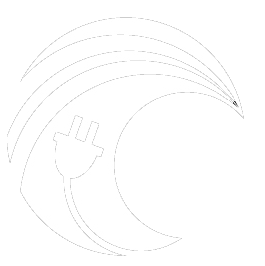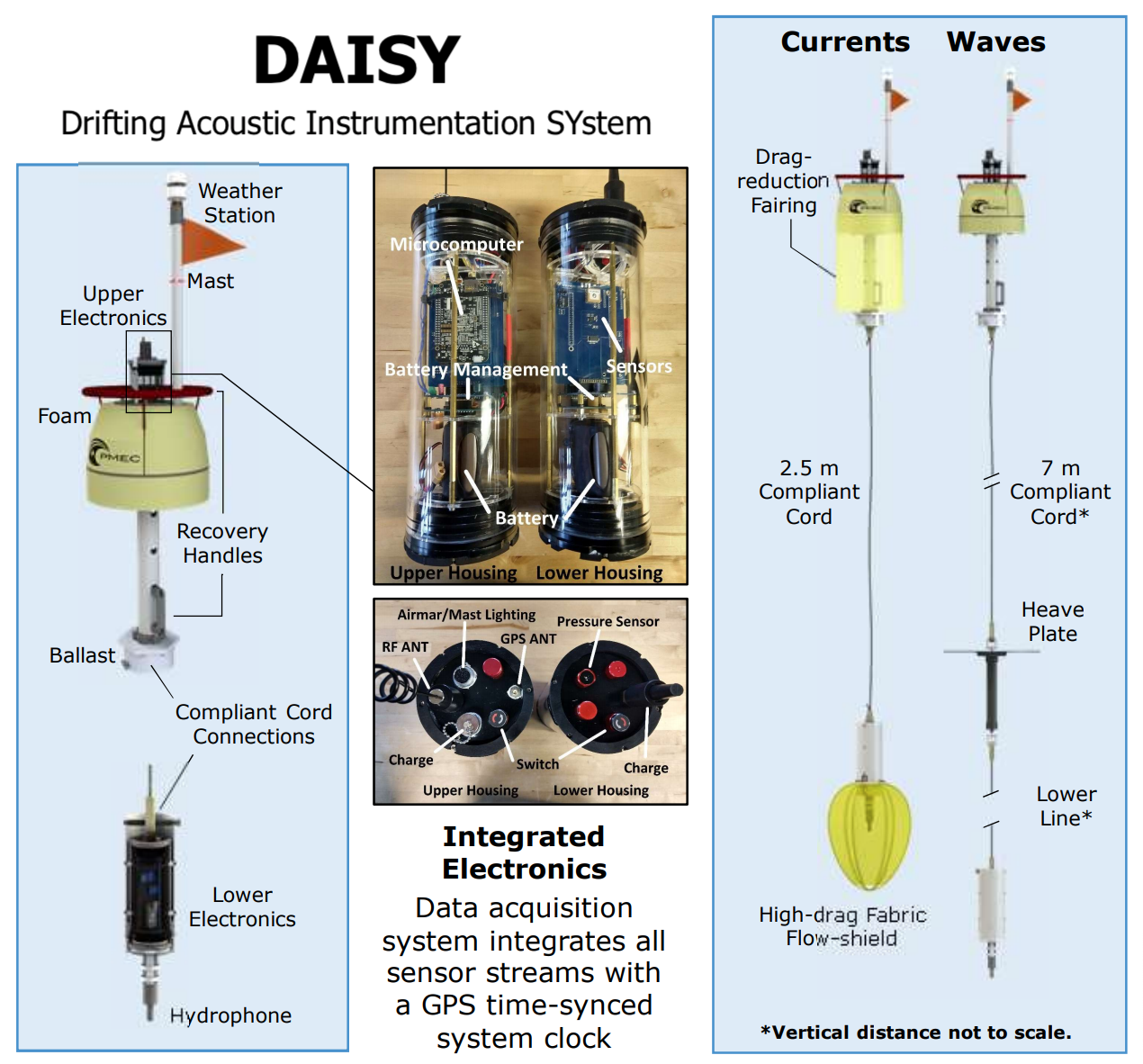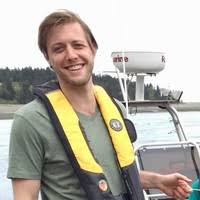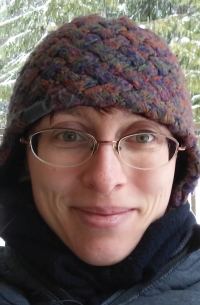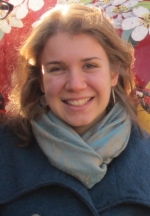Project Motivation:
Sound produced by marine energy converters may be audible to marine life, but characterizing these sounds at marine energy sites is difficult for the same reason that these sites are attractive for marine energy: large waves or fast-moving currents. Low-cost, accurate instrumentation specifically built for marine energy sites can help to characterize acoustic emissions and identify or retire acoustic risks.
Summary:
The objective of this project is to develop a low-cost acoustic drifter well-suited to marine energy sites. By deploying groups of these drifters, it will be possible to “localize” the sound produced by marine energy converters, thereby attributing acoustic emissions to a specific source.
Prototype Drifting Acoustic Instrumentation SYstems (DAISYs) being tested at Pacific Northwest National Laboratory’s Marine Science Laboratory in Sequim, WA.
To date, five drifters have been constructed and tested in a range of waves and currents.
Assembling flow-shields for DAISYs specific to currents.
Current Results:
Initial deployments focused on testing mechanisms to reduce flow-noise and self-noise in waves and currents. Flow-noise is acoustically similar to the “wind in your ears” that one hears when coasting downhill on a bicycle. This is produced by turbulent eddies shed by a hydrophone and natural turbulence passing over its surface. Self-noise is sound produced by the instrumentation system, such as metallic components tapping together. Results have been encouraging, with flow-shields minimizing flow-noise in currents approaching 2 m/s and heave plates damping hydrophone motion in wave heights greater than 2 m. In addition, prototype DAISYs have been used to characterize acoustic emissions from two wave energy converters at the US Navy’s Wave Energy Test Site (WETS) in Kaneohe, HI.
Spectrogram generated at the US Navy Wave Energy Test Site (WETS) in Kaneohe Bay, HI.
PMEC DAISY instrumentation designs for acoustic characterization at marine energy sites.
Research Team:
More information:
Polagye et. al., Drifting Acoustic Instrumentation for Marine Energy, Poster. International Conference on the Environmental Interactions of Marine Energy Technologies, 2018, Kirkwall Orkney.
Francis et. al., Marine Mammal Behavior Response to Tidal Turbine Sound, Technical Report. US DOE Office of Scientific and Technical Information, 2018.
Sponsor:
Core DAISY development is supported by the US Department of Energy’s Water Power Technologies Office under Award DE-EE0007823. Testing at WETS is supported by the US Department of Defense Naval Facilities Engineering Command. The project team gratefully acknowledges discussions with Chris Bassett, Joe Haxel, Ben Wilson, and Paul Lepper, as well as field support from multiple staff at PNNL MSL, Sea Engineering, and the University of Hawai’i.
Last updated: July 29, 2019
